Diptera.info :: Identification queries :: Diptera (adults)
Who is here? 1 guest(s)
|
Dolichopodidae: Argyra magnicornis/setimana => Argyra cf diaphana (female)
|
|
| skrylten |
Posted on 04-06-2018 12:17
|
|
Member Location: Sweden Posts: 1450 Joined: 03.10.11 |
Sweden, Degeberga 2018-06-04, 6-7 mm Found dead indoors skrylten attached the following image: 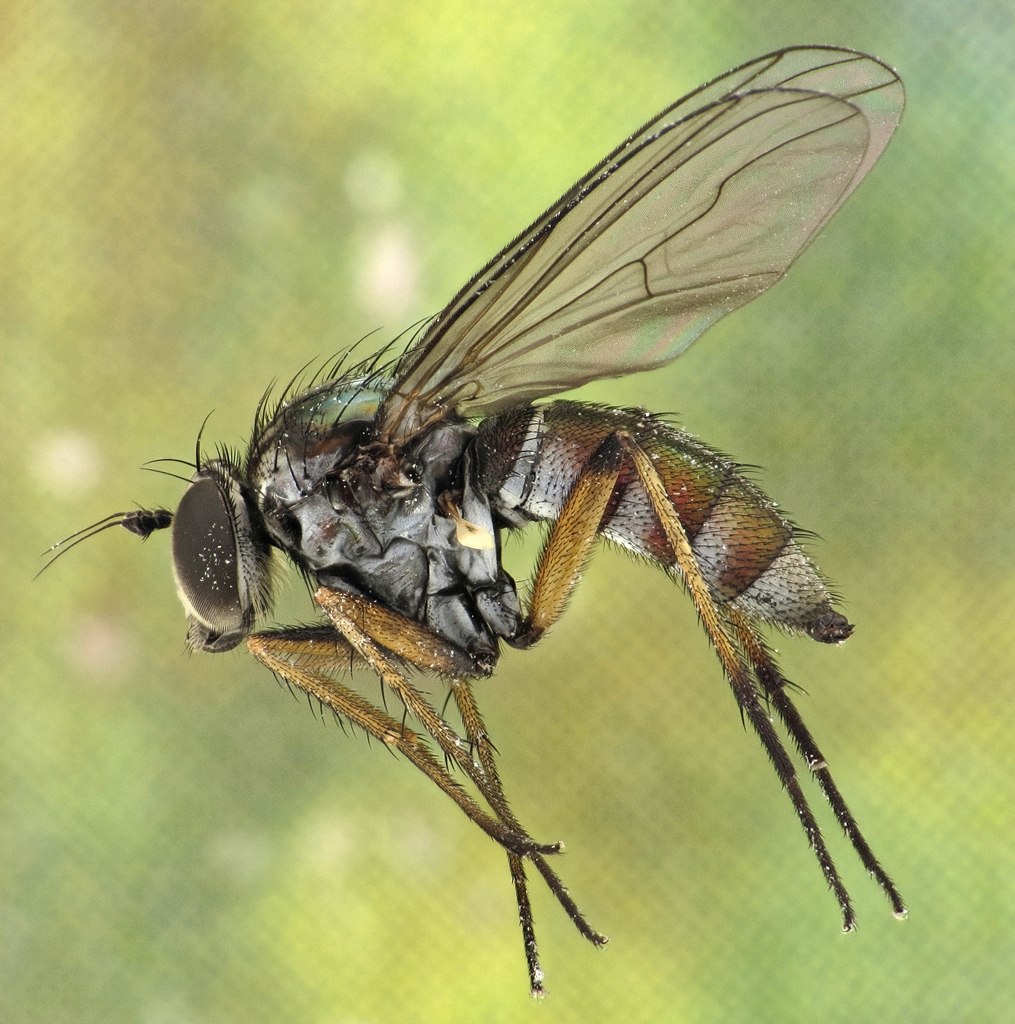 [193.8Kb] Edited by skrylten on 05-06-2018 16:09 |
|
|
|
| skrylten |
Posted on 04-06-2018 12:18
|
|
Member Location: Sweden Posts: 1450 Joined: 03.10.11 |
dorsal
skrylten attached the following image:  [184.43Kb] |
|
|
|
| skrylten |
Posted on 04-06-2018 12:18
|
|
Member Location: Sweden Posts: 1450 Joined: 03.10.11 |
head
skrylten attached the following image:  [189.59Kb] |
|
|
|
| skrylten |
Posted on 04-06-2018 12:19
|
|
Member Location: Sweden Posts: 1450 Joined: 03.10.11 |
face
skrylten attached the following image:  [193.8Kb] |
|
|
|
| Paul Beuk |
Posted on 04-06-2018 12:53
|
|
Super Administrator Location: Netherlands Posts: 19229 Joined: 11.05.04 |
Argyra or Rhaphium, I think
Paul - - - - Paul Beuk on https://diptera.info |
| John Carr |
Posted on 04-06-2018 13:47
|
|
Member Location: Massachusetts, USA Posts: 9841 Joined: 22.10.10 |
In the Nearctic, Argyra can have hairs on the scape while Rhaphium never does. The same should be true in Europe. |
| skrylten |
Posted on 04-06-2018 15:22
|
|
Member Location: Sweden Posts: 1450 Joined: 03.10.11 |
Thanks Paul and John ! Following Igor G´s key et runs to Argyra magnicornis/setimana. Is it possible to tell the difference in females ? /Leif K |
|
|
|
| johnes81 |
Posted on 04-06-2018 15:56
|
|
Member Location: Berlin, Germany Posts: 1978 Joined: 15.10.16 |
very nice photos  I have a copy of Grichanov's keys and i end up at Argyra loewi. i see a hypopygium. I'm not experienced with this genus or the keys to this genus but a hypopygium is present in my opinion. John and Nini. Naturalists not experts. |
|
|
|
| skrylten |
Posted on 04-06-2018 20:43
|
|
Member Location: Sweden Posts: 1450 Joined: 03.10.11 |
Thanks for your input John and Nini ! Maybe you are correct and this is a male ... Do these images help to settle the sex ? First lateral view. skrylten attached the following image: 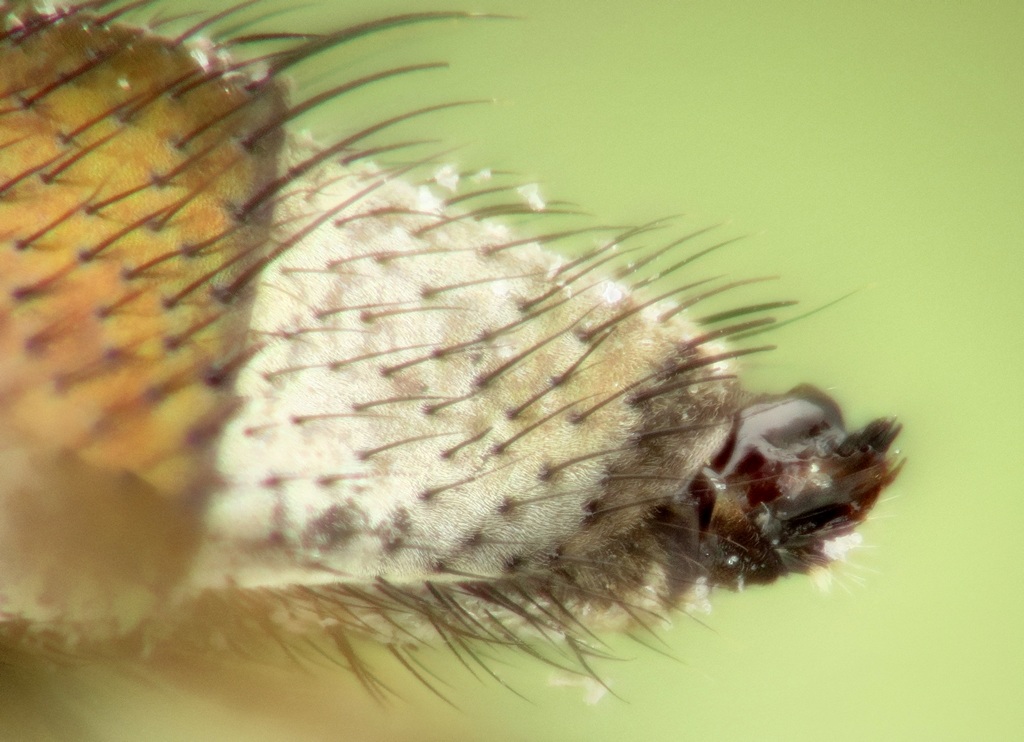 [198.29Kb] |
|
|
|
| skrylten |
Posted on 04-06-2018 20:44
|
|
Member Location: Sweden Posts: 1450 Joined: 03.10.11 |
ventral view
skrylten attached the following image: 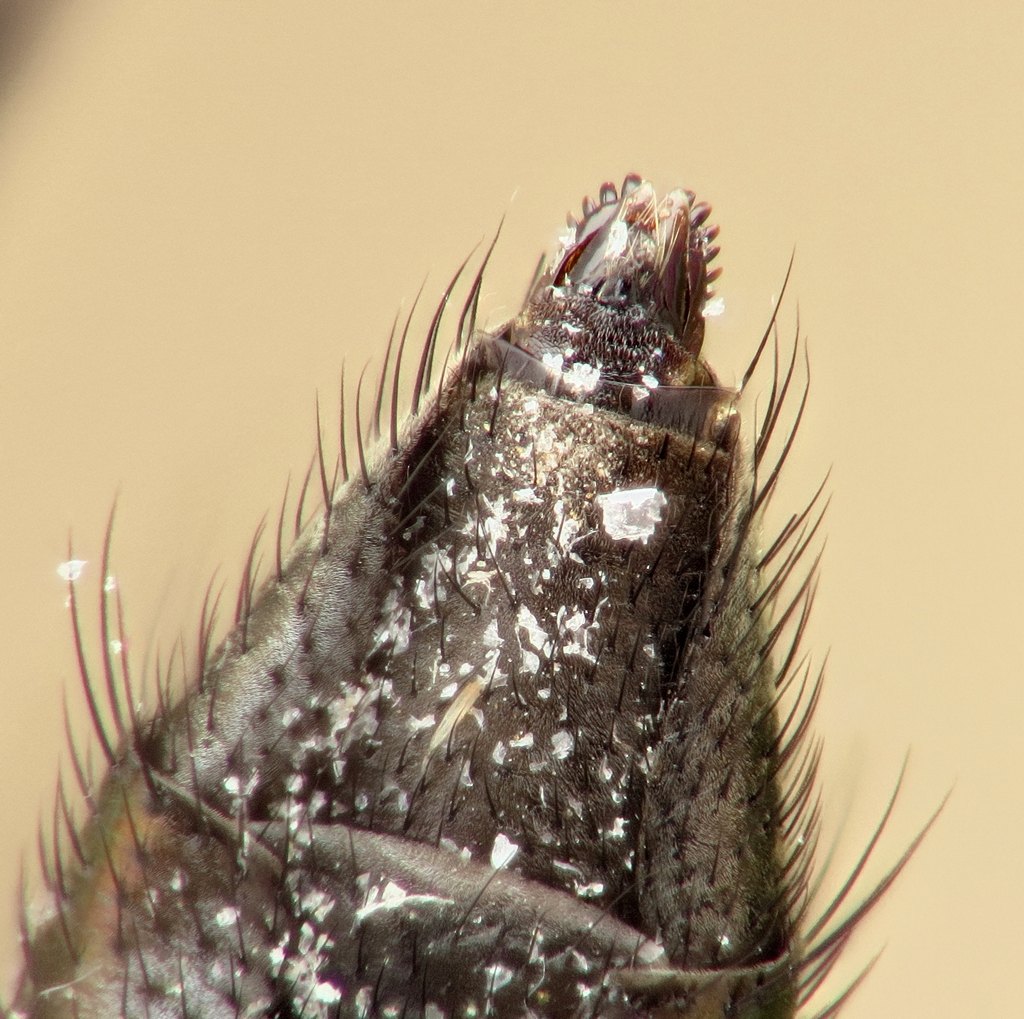 [194.76Kb] |
|
|
|
| skrylten |
Posted on 04-06-2018 20:47
|
|
Member Location: Sweden Posts: 1450 Joined: 03.10.11 |
if it is a male then it should depend on the hairs on mesonotum. Mesonotum entirely covered with hairs => A. loewi Only anterior part of mesonotum covered with hairs => A. setima skrylten attached the following image: 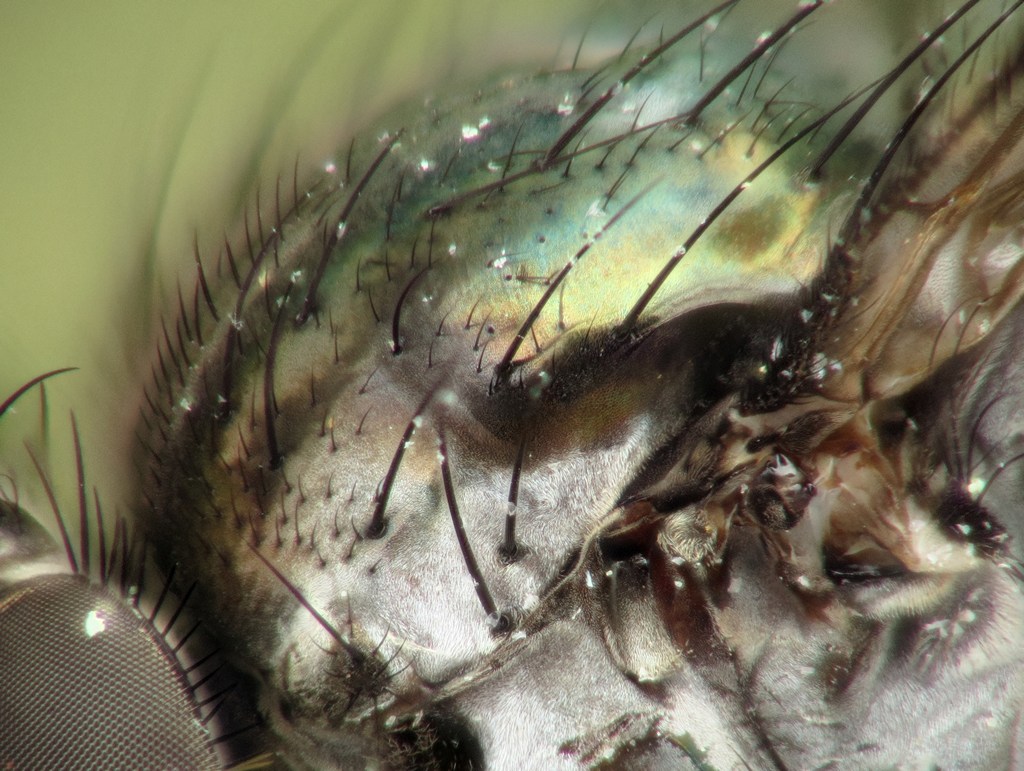 [195.77Kb] |
|
|
|
| johnes81 |
Posted on 04-06-2018 22:16
|
|
Member Location: Berlin, Germany Posts: 1978 Joined: 15.10.16 |
skrylten wrote: Thanks for your input John and Nini ! Maybe you are correct and this is a male ... I think that it is a female. However, how can you arrive at magnicornis when hairs on the mesonotum are not restricted to the anterior part? i see hairs scattered around the mesonotum. If this is magnicornis, then these keys are a bit misleading. I say that because hairs should not be found beyond the anterior area and 'covered' means there are absolutley no spaces without a hair. I have used Grichanov's keys for Dolichopus and i find the keys to be a delight. Thus, i think that magnicornis is not correct. I see a large structure at the tip of the abdomen. Is this not a hypopygium? I diagree with both of the following entries" "Mesonotum entirely covered with hairs in addition to setae" - diaphana and hoffmeisteri "Only anterior part of mesonotum covered with hairs in addition to setae" - magnicornis and setimana So if this isn't a match, then shouldn't we back up and start over? I think that the problem is the following key: "2. Males: hypopygium present...3 – Females: hypopygium absent...19" I guess my logic is that if a female has a hypopygium, then follow the key to number 3. Perhaps that is not correct but i see hairs beyond the anterior part of the mesonotum and i cannot agree that the mesonotum is 'covered' with hairs. Perhaps we can find an email address for Grichanov and ask him about it. John and Nini. Naturalists not experts. |
|
|
|
| Igor Grichanov |
Posted on 05-06-2018 09:12
|
|
Member Location: St.Petersburg, Russia Posts: 1687 Joined: 17.08.06 |
It is obviously female, keys to diaphana (Fabricius) and hoffmeisteri (Loew), but the latter is rare, being not known in Sweden.
Igor Grichanov |
| johnes81 |
Posted on 05-06-2018 11:42
|
|
Member Location: Berlin, Germany Posts: 1978 Joined: 15.10.16 |
atleast we confirm it isn't magnicornis. For diaphana, I will change my keys from "Mesonotum entirely covered with hairs in addition to setae" to "Mesonotum with hairs beyond anterior region in addition to setae". John and Nini. Naturalists not experts. |
|
|
|
| skrylten |
Posted on 05-06-2018 16:05
|
|
Member Location: Sweden Posts: 1450 Joined: 03.10.11 |
Thanks Igor for the clarification and your Doli keys ! My understanding will be: - hypopygium is a male feature not existing in females ? -The tricky couplet for me was (same for you John and Nini) "Mesonotum entirely covered with hairs in addition to setae" - diaphana and hoffmeisteri "Only anterior part of mesonotum covered with hairs in addition to setae" - magnicornis and setimana I read it wrongly as if the mesonotum wasnt entirely covered with hair it had to be magnicornis/setimana ... What would be the anterior part of mesonotum Is it like "anterior of the suture" ?BR Leif K Edited by skrylten on 05-06-2018 16:08 |
|
|
|
| johnes81 |
Posted on 05-06-2018 17:41
|
|
Member Location: Berlin, Germany Posts: 1978 Joined: 15.10.16 |
I like Igor's keys but this one is difficult to follow because of the wording. I tried to key it along with you to gain more experience. My original thoughts are as follows: 1. can't be magnicornis because the hairs aren't restricted to the anterior region. 2. must be diaphana. 3. can't be diaphana because the hairs are not entirely covering the mesonotum. 4. females with a hypopygium? i'm not an expert, so maybe. 5. if it isn't correct, then what is it? 6. start over and assume a hypopygium is present. I get to loewi. 7. loewi doesn't seem to be correct. 8. is it really diaphana and the hairs are just scattered beyond the anterior region? 9. maybe i should suggest diaphana. 10. i will just see if i can ask Grichanov. maybe he will answer me. i really didn't know if the hairs are entirely covering the mesonotum or if the hairs are just beyond the anterior region. I am happy to know the correct answer now. I am also happy that you have an id. very nice photos. 
John and Nini. Naturalists not experts. |
|
|
|
| Igor Grichanov |
Posted on 06-06-2018 08:43
|
|
Member Location: St.Petersburg, Russia Posts: 1687 Joined: 17.08.06 |
Doli males usually bear large genital capsule (hypopygium) with appendages directed down or even forward. Females have small, pointed, usually concealed oviscapt (ovipositor), always directed backward. See Gallery: https://diptera.info/photogallery.php?album_id=14&rowstart=0 Most Argyra species like other Dolies have hairs on anterior slope of mesonotum only (except for 1-2 median rows of acrostichal hairs between dorsocentral setae). Compare with the setation of Argyra leucocephala on this picture: Igor Grichanov attached the following image: 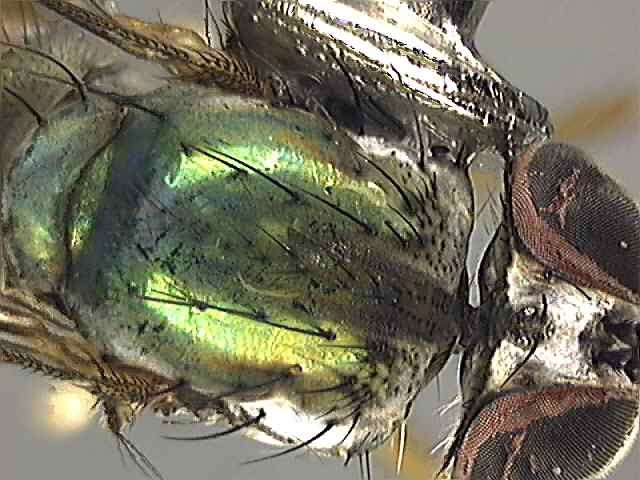 [38.68Kb] Igor Grichanov |
| johnes81 |
Posted on 06-06-2018 11:23
|
|
Member Location: Berlin, Germany Posts: 1978 Joined: 15.10.16 |
Thank you for taking time to post, Igor. I definitely appreciate and value this information. I am happy to have a better understanding of Dolicho. I am sorry that i misunderstood your keys for this genus. I really love your keys. I've never been able to sit down and correctly key a species at the first attempt. I was able to do this using your keys to Dolichopus. The keys are magnificent. I obviously lack the experience with Agyra to understand the distribution of hairs correctly. I have no luck finding females. I recently found a Sciapus sp. but it is also a male. I haven't had a chance to key it yet but the point is that i always find males. I finally found a female cf Dolichopus sp a few days ago. I haven't had time to examine it but i will study it carefully in order to better my understanding of the females. I have not found Argyra yet, so i lack knowledge and experience with this genus. I've attached a photo of the Sciapus sp. to show that i know what you mean about the male genitalia. I've also examined a Dolichopus ungulatus male recently: https://diptera.i...d_id=84958 Thank you for posting and I hope that you have a pleasant day. johnes81 attached the following image:  [30.87Kb] John and Nini. Naturalists not experts. |
|
|
|
| Jump to Forum: |









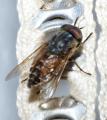
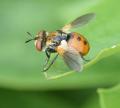



 but don't see the image in the post.
but don't see the image in the post.